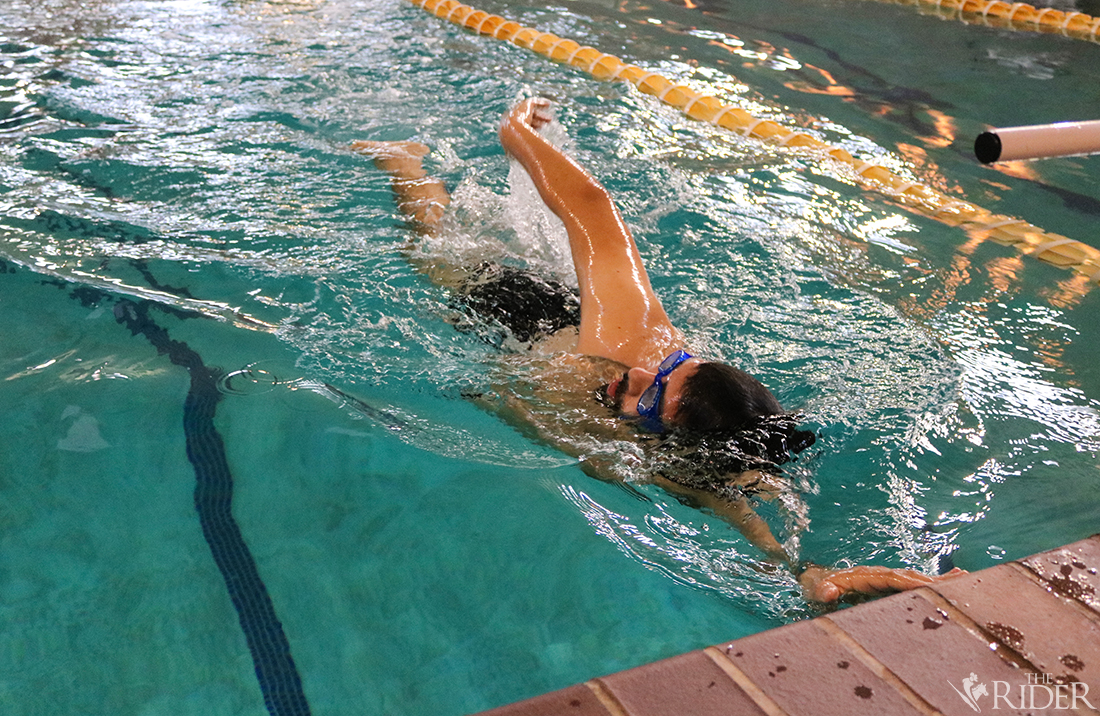
As Vaqueros prepare to celebrate their long-awaited vacation from classes, The Rider sought advice for students to take care of themselves during this Spring Break.
Swimming in the ocean can become hazardous.
Art Hurtado, chief lifeguard for the Cameron County Parks and Recreation Department, said that swimming in the ocean is not like swimming in the pool.
“If you don’t know how to swim, don’t go into deep water. Always go with a friend,” Hurtado said.
Before swimming, always check the status of the water first by observing the warning flags, he said.
The flag colors are the following: green for low hazard, orange for medium hazard, red for high hazard and gray for dangerous marine life.
“The Gulf of Mexico is unpredictable and it has wildlife in it,” Hurtado said. “The [rip current] is the No. 1 cause of death in the ocean.”
A rip current is a strong, fast-moving current of water. He said if swimmers want get out of a rip current, do not swim against it, instead swim parallel to the shore.
“Basically, you want to take the path of least resistance in the water,” Hurtado said.
Carlos Garcia, assistant director of Facilities and Services at the UREC, said swimming pools can be dangerous if safe practices are not followed.
He said to increase safety when swimming in pools, students should:
–know the surrounding area. Be familiar with who is around you, what potential hazards may be present and know where the emergency devices are:
–know the depth of the pool;
–don’t swim alone. Stay in contact with your companions;
–make sure a lifeguard is present with equipment, such as an emergency phone and safety devices.
Garcia said that depending on the student, it is possible to learn how to swim before Spring Break begins March 12.
“I’ve taught ROTC members in two weeks to pass their officer training,” he said. “They’re not going to save someone’s life, but they’ll know enough to save themselves.”
Garcia said the UREC will offer private and group swimming lessons during the summer sessions and the fall semester. However, the prices and dates of these lessons are still to be determined.
“It’s a life skill, and it’s something that everyone should learn how to do,” he said.
Sun protection
Angelica Urbina, a clinical assistant professor, teaches a course in dermatology in the Department of Physician Assistant Studies. She said the main thing students should worry about is protecting their skin from the sun.
Urbina said the more pale your skin is, the more careful you have to be regarding sun exposure.
“Melanin protects the skin cells from UV radiation,” she said, referring to skin pigmentation.
Water reflects sunrays, so being in water does not necessarily protect you from sun exposure.
“Try to be under shade,” Urbina said. “Try to avoid being out when the sunrays are the strongest, which is between 10 a.m. to 4 p.m. Wear protective clothing, [such as] long sleeves, pants and hats, sunglasses.”
She said sunscreen is also important and should be at least an SPF of 30. It should also be reapplied every three hours, especially if the person is sweating or swimming.
“Those are the main steps you need to take to protect against sun exposure and to reduce the chance for skin cancer later in life,” Urbina said.





